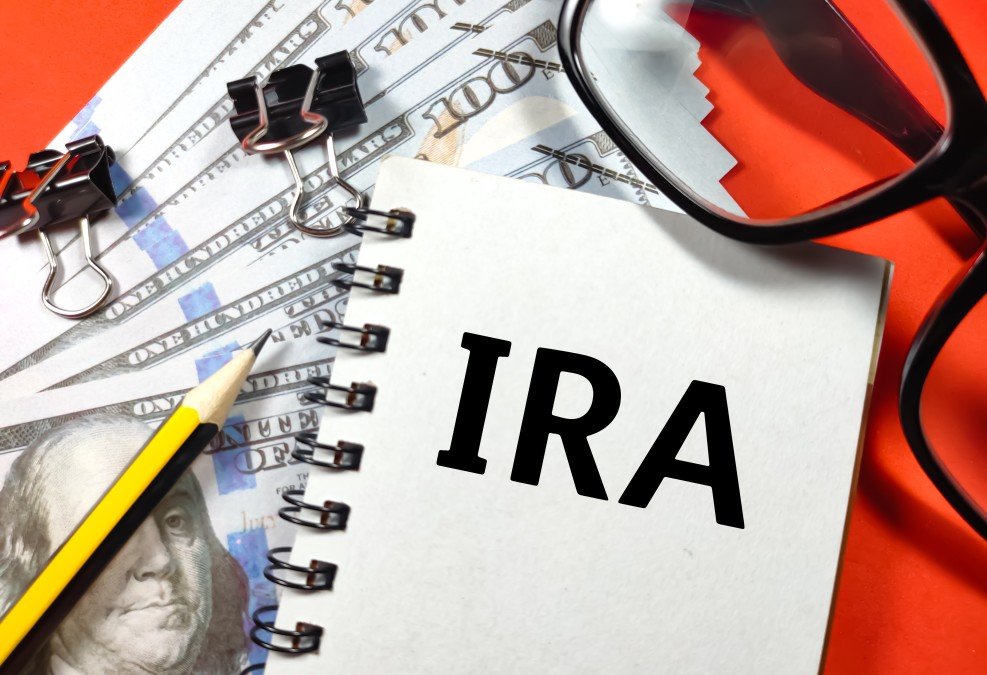Can I Have More Than One IRAs?
You can have multiple Individual Retirement Accounts (IRAs). The IRS doesn’t limit the number of IRAs a person can own. However, the annual contribution limit applies to your total contributions across all IRAs, not each individual account. In 2024, the total contribution limit for IRAs is $6,500, or $7,500 if you are age 50 or older. This means you could split contributions between multiple IRAs, but your combined contributions cannot exceed the annual limit.
There are two main types of IRAs: Traditional IRAs and Roth IRAs. You can have both types, but your contributions across them still cannot exceed the total limit. Each type has its own tax benefits, eligibility criteria, and withdrawal rules.
In any given year, you can decide to split the money between your multiple IRAs types. That said, contribution limits do not apply if you decide to do an IRA rollover that involves transferring money from a former employer’s retirement plan, like a 401(k), into an IRA.
Key Takeaways:
- You can have as many IRAs as you want, but the total contribution limit across all accounts is capped annually.
- Different IRAs serve different purposes and can provide tax diversification and estate planning options.
- Managing multiple IRAs requires more effort, potentially higher fees, and careful tracking to avoid over-contributing.
Choosing the right mix of IRAs depends on your retirement goals, tax strategy, and willingness to manage multiple accounts. Also Read: SEP IRA vs Self Directed IRA: Which is better?
Types of IRAs You Can Open
Here are the main types of IRAs you can open:
- Traditional IRA – Allows tax-deferred growth on contributions, with taxes paid upon withdrawal.
- Roth IRA – Contributions are made after tax, and qualified withdrawals in retirement are tax-free.
- Self-Directed IRA – Enables investing in alternative assets, such as real estate or precious metals, for experienced investors.
- SEP IRA – A retirement plan for self-employed individuals or small business owners, allowing higher contribution limits based on income.
- SIMPLE IRA – Another option for small businesses, allowing employees to make salary deferral contributions with employer matching.
- Spousal IRA – Allows a non-working spouse to contribute to an IRA using the working spouse’s income.
- Inherited IRA – Created when an IRA is passed on to a beneficiary after the account holder’s death.
Benefits of Having Multiple IRAs
Having multiple IRAs can give you flexibility and allow you to diversify both tax benefits and investments. Here’s a look at some benefits:
- Tax Diversification: Owning both a Traditional IRA and a Roth IRA can offer tax advantages. Traditional IRAs delay taxes until retirement, while Roth IRAs allow for tax-free withdrawals in retirement.
- More Investment Options: A Self-Directed IRA, for example, can let you invest in non-traditional assets like real estate or commodities, which a standard IRA might not support.
- Estate Planning Options: Multiple IRAs allow you to assign different beneficiaries to each account, which can simplify the inheritance process.
- Insurance Coverage Limits: By holding different IRAs at different financial institutions, you can maximize SIPC (Securities Investor Protection Corporation) or FDIC (Federal Deposit Insurance Corporation) insurance coverage for your assets.
Potential Drawbacks of Multiple IRAs
While there are benefits to having multiple IRAs, there are also some downsides:
- Higher Fees: Each IRA may come with its own account maintenance fees, investment fees, or other charges. The more accounts you have, the more fees you may pay.
- Increased Complexity: Managing multiple accounts requires tracking contributions, distributions, and maintaining balance. This can add complexity to your retirement planning.
- More Paperwork: Each account comes with statements, tax forms, and disclosures, which can create additional paperwork.
- Risk of Over-Contribution: It’s important to monitor your contributions closely. Exceeding the annual contribution limit can result in penalties.
Can You Have Both a Traditional and Roth IRA?
Yes, you can have both a Traditional IRA and a Roth IRA. Just remember that your total contributions across both accounts cannot exceed the annual limit set by the IRS. This dual approach can be a smart strategy if you want a mix of tax-deferred and tax-free growth options for retirement.
Ideal Number of IRAs
Most people find that two IRAs—a Traditional and a Roth—work best. This setup provides tax flexibility, allowing you to choose which account to draw from in retirement based on your tax situation. Adding an employer-sponsored retirement account like a 401(k) can further expand your retirement strategy.
Can You Contribute to Both an IRA and a 401(k)?
Yes, you can contribute to both an IRA and a 401(k) if you meet the eligibility requirements. This combination allows you to save more for retirement and take advantage of tax benefits for both accounts.
Rick Pendykoski is the owner of Self Directed Retirement Plans LLC, a retirement planning company based in Goodyear, AZ. He has over three decades of experience working with investments and retirement planning, and over the last ten years has turned his focus to self-directed ira accounts and alternative investments. If you need help and guidance with traditional or alternative investments, call him today (866) 639-0066.





